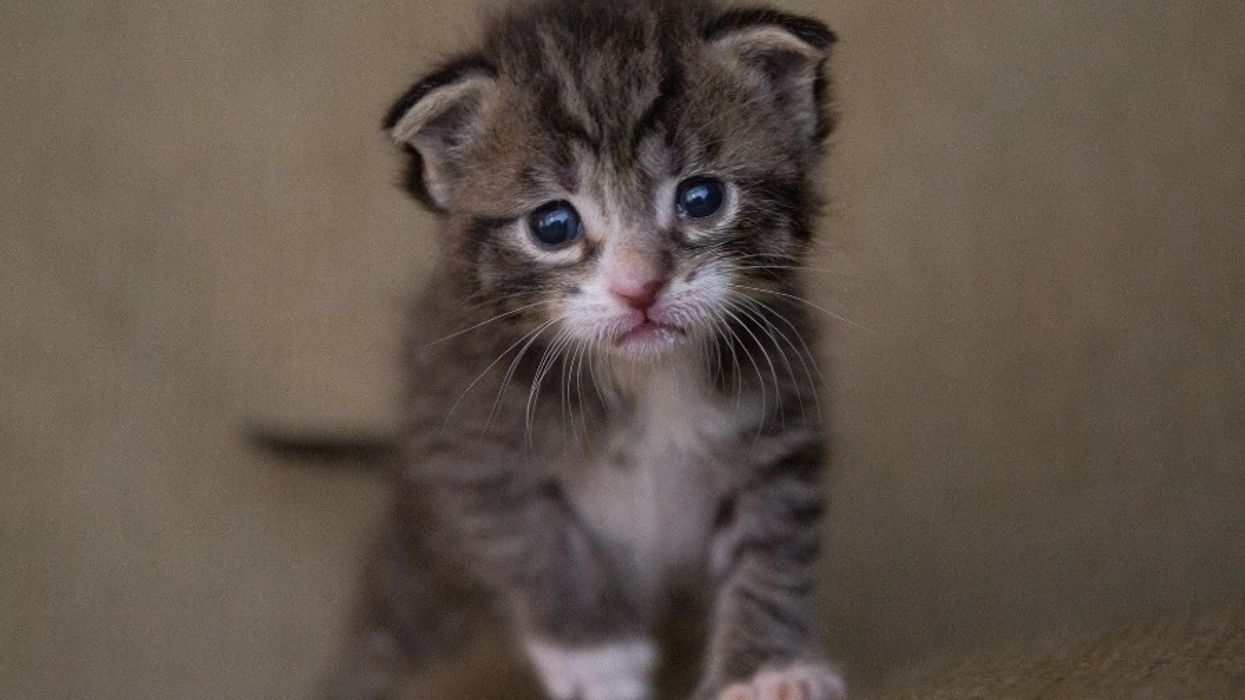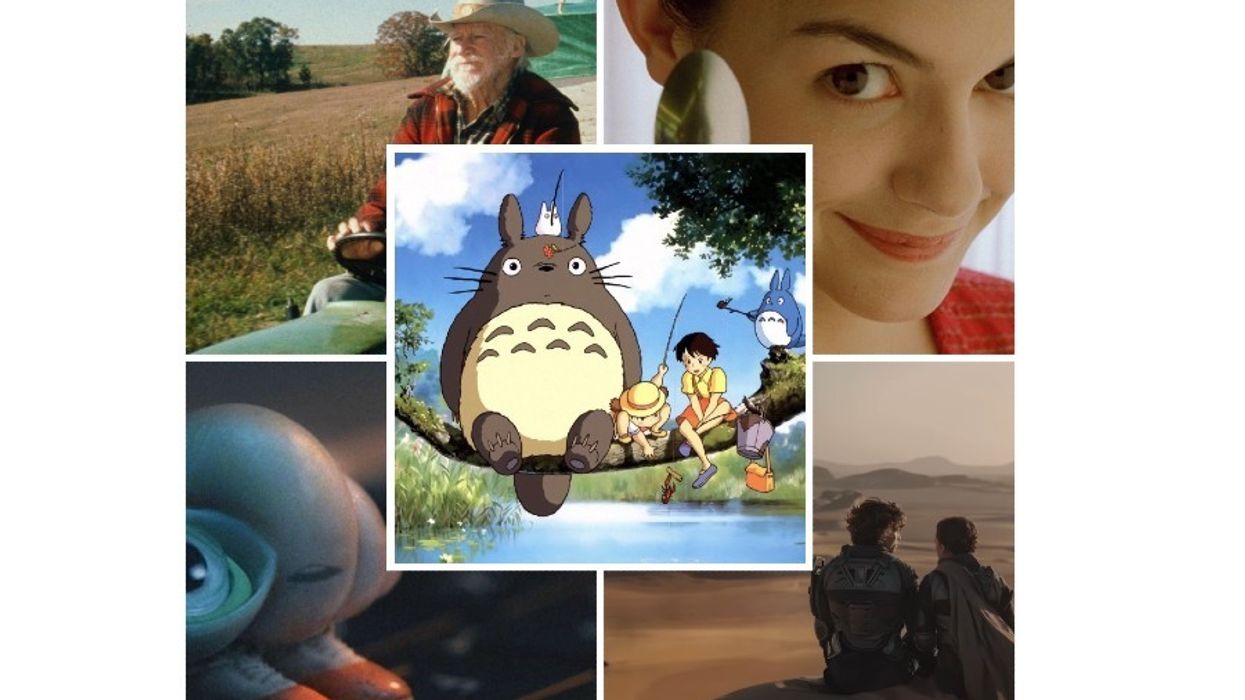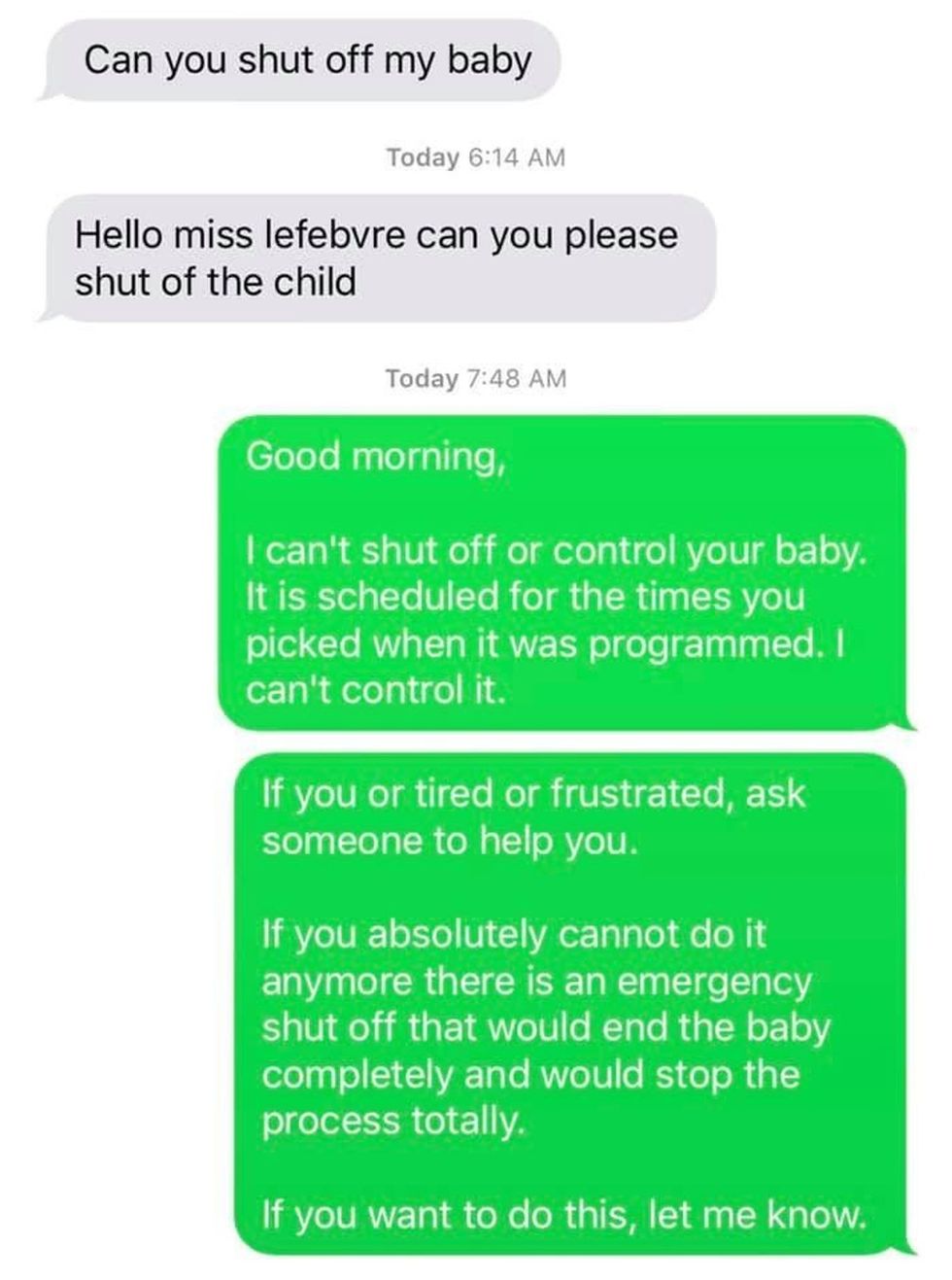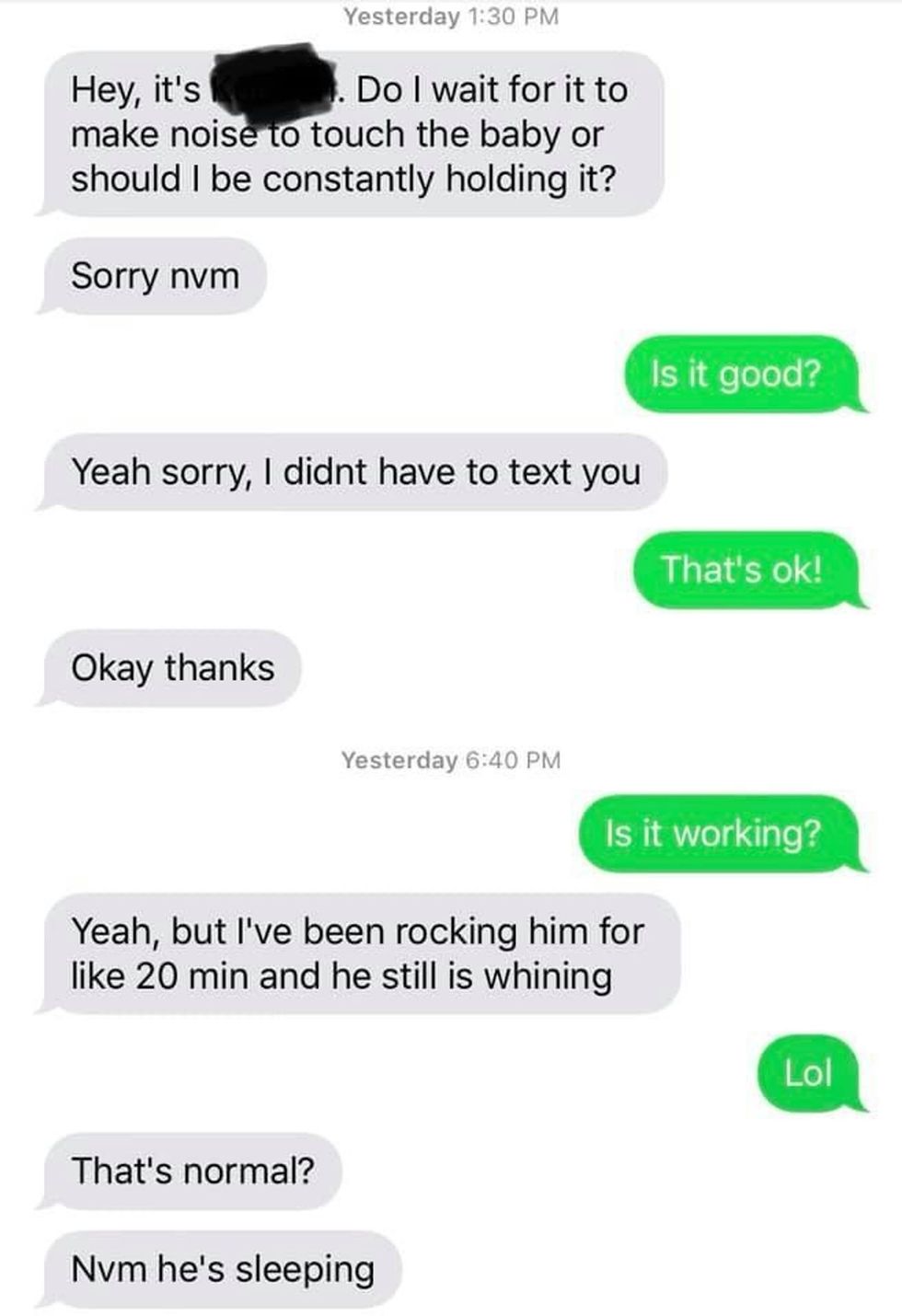Diagnosed with schizophrenia at the age of seven, most of Yospie Cardoso’s life has been spent in and out of hospitals. “When you have a seven-year-old who says ‘I’m gonna kill myself because the voices in my head tell me to’ — it is kind of traumatic,” Cardoso told the New York Daily News. Two years ago, he began to channel his inner struggles for a photography project he calls, “The Mind of a Schizophrenic.”
According to the Mayo Clinic, schizophrenia is “a severe brain disorder in which people interpret reality abnormally. Schizophrenia may result in some combination of hallucinations, delusions, and extremely disordered thinking and behavior.” Cardoso’s work was, in part, inspired by his children. Schizophrenia is transmitted genetically, so “I did it for them because I know how hard it is — I struggled with this my entire life and the last thing I want is my children to have issues or feel like they’re alone, because that’s the way I felt.”
The result is inspired imagery, shot mostly in black and white, that reveals the inner turmoil, grief, and isolation caused by the disorder. Cardoso hopes his work can help people better understand those with schizophrenia. “Not many people with schizophrenia are able to tell others,” he said.
(H/T New York Daily News)

















 3D televisionImage via
3D televisionImage via  Standing on a hoverboard.Image via
Standing on a hoverboard.Image via  Never ending potato chip kkaleidoscope.
Never ending potato chip kkaleidoscope.  Woman using VR goggles outdoorsImage via
Woman using VR goggles outdoorsImage via  The Las Vegas Sphere
The Las Vegas Sphere 
 Motorcyclist performs a stuntCanva
Motorcyclist performs a stuntCanva
 Screenshot of text messageReddit
Screenshot of text messageReddit  Screenshot of text messageReddit
Screenshot of text messageReddit  Screenshot of text messageReddit
Screenshot of text messageReddit  Screenshot of text messageReddit
Screenshot of text messageReddit  Screenshot of text messageReddit
Screenshot of text messageReddit  Screenshot of text messageReddit
Screenshot of text messageReddit  Screenshot of text messageReddit
Screenshot of text messageReddit  A high school classroom filled with studentsCanva
A high school classroom filled with studentsCanva

 A Chinese woman cradles her newbornCanva
A Chinese woman cradles her newbornCanva
 For now, the Zoox robotaxis are free but they can only drop passengers off at one of five Las Vegas Strip locations with plans to expand to many more locations in the near future. Zoox
For now, the Zoox robotaxis are free but they can only drop passengers off at one of five Las Vegas Strip locations with plans to expand to many more locations in the near future. Zoox The autonomous vehicles can reach speeds up to 75mph going forward or backward. It has four-wheel steering, known as crab steering.Zoox
The autonomous vehicles can reach speeds up to 75mph going forward or backward. It has four-wheel steering, known as crab steering.Zoox
 Man eats a simple breakfast.Image via
Man eats a simple breakfast.Image via  Young man puts his face on scrambled eggs.
Young man puts his face on scrambled eggs.  Woman eats late night.Image via
Woman eats late night.Image via 